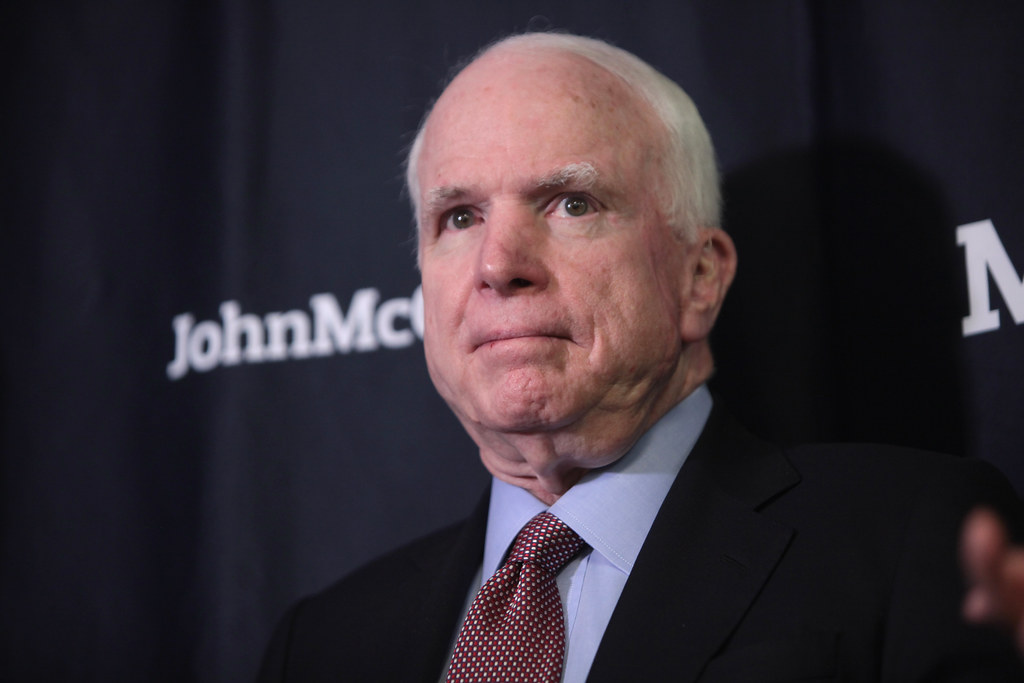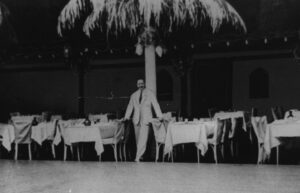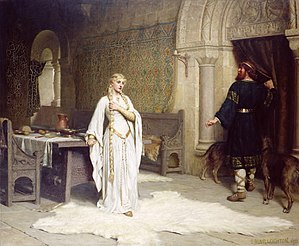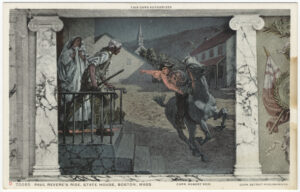
Lying in State, John McCain and Mediation
This past week we celebrated the remarkable life and achievements of John McCain. War hero, Navy Captain, U.S. Senator, family man, author, patriot. You did not have to agree with McCain to appreciate that he lived staunchly dedicated to his moral compass. At times, many found themselves in disagreement with McCain. Heck, McCain and his own political party routinely found themselves in disagreements.
Even with disagreements, we should admire McCain’s unwavering dedication to “do the right thing”. Yet, McCain was also practical. McCain understood well that sometimes, perhaps oft-times, you need to take small steps on a journey toward a goal. McCain had the fairly rare ability to continue to see the big picture and understand how these small steps could lead to the desired result. More on those points later.
One honor of McCain came from Congress itself: McCain was lain in State in the Capitol Rotunda. To lie in State or lie in Honor at the U.S. Capitol requires Congressional Resolution or approval by Congressional leadership. McCain’s casket rested on the Lincoln catafalque (the simple pine structure constructed to hold the casket of President Lincoln and subsequently used for each person honored to lie in State). Thousands were then able to pay respect and mourn a true statesman.
Admittedly, I knew little about lying in State in the U.S. Capitol other than it seems to happen when well-known American politicians pass on. With some research, I discovered a few noteworthy facts about this honor. First, as noted, Congressional Resolution is required unless the death occurs when Congress is in recess. If Congress is not in session, Congressional leadership approval is required. American politicians/statesmen and military personnel lie in State. Other American citizens lie in Honor. The Lincoln catafalque is used for all lain in State, but has never been used for those lain in Honor.
29 Americans have lain in State. 4 Americans have lain in Honor. 11 U.S. Presidents have lain in State. 4 military soldiers were selected to lie in State as representatives of the Unknown Soldiers of WWI, WWII, Korean War, and Vietnam Conflict. In 1998, the first to lie in Honor were Capitol Police Officers Jacob Chestnut and John Gibson, both killed in the line of duty protecting the Capitol. Of the 33 Americans to receive this honor, 1 was a woman.
Civil Rights pioneer Rosa Parks lain in Honor upon her passing in 2005. I get it. For the majority of the history of the United States, women were mostly excluded from the military and politics. As such, there would be little opportunity to recognize a woman to lie in State. Yet, Congress believes that only one woman from our rich history deserved this honor? Rosa Parks is a fine choice and deservedly so. But what of Susan B. Anthony, Clara Barton, Grace Harper, Harriet Tubman or Barbara Jordan?
Let’s not hear that these women died at a time that Congress focused elsewhere. Congress should remind itself that it directed the disinterment of Pierre Charles L’Enfant eighty four years after his death in order to have him lie in State and subsequently re-interred. You will recall that the L’Enfant Plan with L’Enfant as the architect laid out Washington, D.C. as our Capitol. We can disturb the eternal slumber of an architect but not those who started suffrage movements, founded the American Red Cross, served as a Navy Rear Admiral while inventing computer programming, became the “conductor” of the Underground Railroad, and broke racial political barriers? Come on Congress, Aretha taught us that we need a little R-E-S-P-E-C-T.
Perhaps surprisingly, serving as U.S. President is not an automatic ticket to lying in State upon death. Noteworthy is that if a President dies or is killed while in office, lying in State is a virtual certainty. With no disrespect to their accomplishments or even them, it does not appear likely that Presidents Garfield, McKinley or Harding would have received this honor absent their untimely, unfortunate demise. Many of the Presidents who have lain in State appear to have had strong ties to Congress in the form of prior service.
In any event, McCain joins a rather select group of Americans to have lain in State. Hopefully, this recognition provided more Americans the opportunity to pause and reflect on the service and dedication of this very public servant. While so many in Washington view “bipartisan” as a four letter word, McCain’s career demonstrated that genuine, simple respect for the positions of others can lead to cooperation and progress.
As a mediator, McCain’s actions in his political career remind me to continually step back in order to see the big picture. When his Senate colleagues lost sight of the big picture, McCain used political clout, procedural rules, negotiations, and very public votes to remind others of the true goals, not those politically convenient. The dramatic McCain vote rejecting the repeal of the Affordable Care Act (“ACA”) illustrates vintage McCain in action.
Many seem to quickly forget that McCain generally opposed the ACA. He apparently was on board to vote to repeal and replace the ACA. McCain recognized that there existed good points in the ACA which most Americans favored (e.g., ending pre-existing conditions exclusions). McCain was among the group of legislators working toward some replacement of the ACA to avoid the previous mess of unregulated health care. The dynamics changed with the forced vote on repeal of the ACA with no replacement. McCain’s “thumbs down” last minute vote was in no manner siding with the opposite political party. Instead, it was a clear reminder to his own party that they committed to repeal AND replace the ACA. In McCain’s view, his party lost its way and he needed to remind them of their own promises to engage in the hard work to create something, not merely take a wrecking ball to that which they did not like.
Similarly, when confronted with mediations bogged down on an issue, I need to be reminded (and remind the participants) to look at the big picture. If, for example, one party is hung up on potential application of some legal precedent, I need to remind that party that such points have already been stressed, the other party has carefully considered the issue, and compromises in positions have been made based on the cogent arguments presented. I then need to encourage the entrenched party to also look at the big picture of moving toward resolution rather than seeking capitulation by the other side. I will remind the party that compromise is required (which does not mean giving up on an issue, but instead reframing it in terms of value). I can introduce new risk factors into the equation such as the likelihood of relief not being fully granted, the court simply sitting on the great motion with no ruling, and costs of proceeding through conclusion and appeal. The parties should be reminded that the resources dedicated to litigation could be used productively elsewhere.
Just as McCain would use Senate rules, his experiences, and relationships, the mediator must be reminded to dig deeper into the resolution toolbox to find what will move the parties forward. The movements need not be grand, but can be taken in small steps. Merely discussing other issues can start the parties to think differently about risk or focus on other factors. The participants may simply need a break and walk around the block in order to come back recharged. Starting discussions about the settlement framework and structure could get the parties to think about finality. None of these steps will settle the case, but any one of them can place the parties back on the path toward agreements and away from sticking points.
Whether it is to remind us to see the big picture, take small steps of progress toward a goal, or move forward by working with “adversaries”, much can be learned from the lengthy and distinguished career of a dedicated public servant such as John McCain. I will seek to apply these concepts in mediating disputes, but, in essence, McCain left us with basic life lessons.




